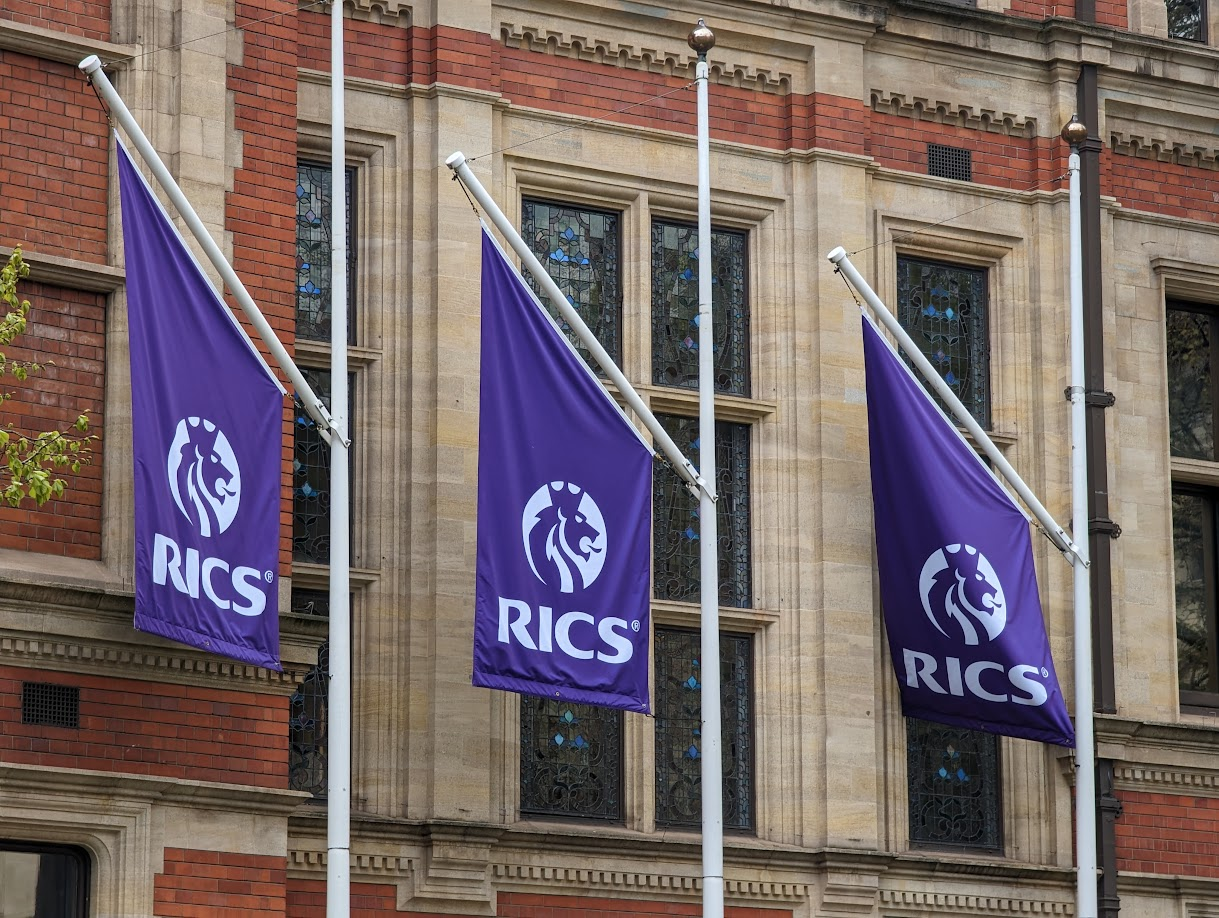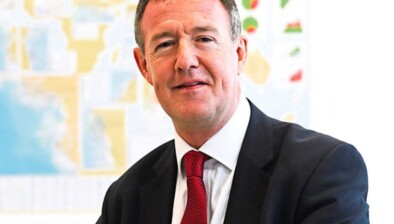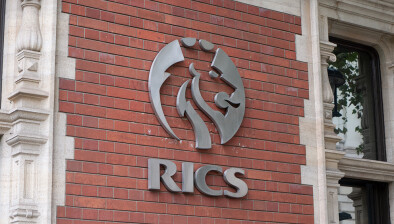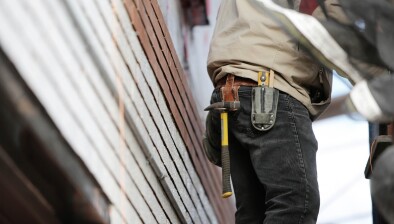RICS: Scottish commercial property faces investor retreat amid weak lending landscape

Occupier demand for Scotland’s commercial property market has stagnated in the most recent quarter, as per the Royal Institution of Chartered Surveyors (RICS) Commercial Property Monitor.
However, investment enquiries witnessed a marked decline in all sub-sectors. For occupier demand, a net balance of -1% respondents suggested a dip in Q3, consistent with the flat trend of Q2.
Industrial and office spaces saw heightened demand, with a net increase of 16% and 9% respectively. Retail space continued to struggle with a -30% balance, although this is an improvement from -46% a year ago.
Looking at the investor side, a net balance of -34% of surveyors reported an overall fall in investor enquiries, with all three subsectors experiencing a decline. A net balance of -38% of respondents saw a fall in investor demand for office space, -23% for industrial space and -41% for retail property.
On the outlook, capital values are expected to remain in negative territory. A net balance of -23% of respondents in Scotland indicated that they expect net capital values to fall across all sectors over the final quarter of 2023. This is the fifth consecutive quarter that this figure has remained in negative territory.
Rents are expected to rise modestly over the next three months, indicating a more positive outlook overall for the occupier market. Both office rents and industrial rents are expected to rise with a net balance of 12% and 30% expecting an increase respectively.
However, rents for retail space are anticipated to decline sharply with a net balance of -27% of respondents anticipating a fall, down from -4% in Q2.
Douglas Wilson, of Kintyre LLP in Glasgow, said: “The next 6 to 18 months will be challenging as the economy almost certainly drops into recession – the end of the interest rate cycle should boost confidence for occupiers and investors alike.
“In the meantime, volumes of investment activity remain below trend although there are sub-sectors that continue to attract strong interest.”
Euan Cameron, of Tayside Valuation Joint Board in Forfar, added: “In my area of Angus, north east Scotland, there is very little demand for offices, old or new.
“The retail sector appears to have perhaps bottomed out, rents which are admittedly low, and don’t appear to be falling anymore.
“Many leases simply roll-over, extended on the same terms. The market for industrial properties, particularly small industrial subjects remain strong.”
Commenting on the UK picture, RICS senior economist, Tarrant Parsons, said: “The commercial property market continues to feel the effects of higher interest rates, still well above target inflation, and weak prospects for economic growth over the near term.
“As such, investment activity remains subdued, while occupier market trends are also now clearly softening. This general pattern is reported right across the UK, with secondary office and retail premises seeing the brunt of the downturn, driven by both structural and cyclical dynamics.
“On a more resilient note, prime offices continue to outperform the secondary market, benefiting from a flight to quality post-pandemic and more attention around energy efficiency standards. Similarly, industrial demand is holding up better than other traditional sectors, even if the picture is far less buoyant than in recent years.”
















